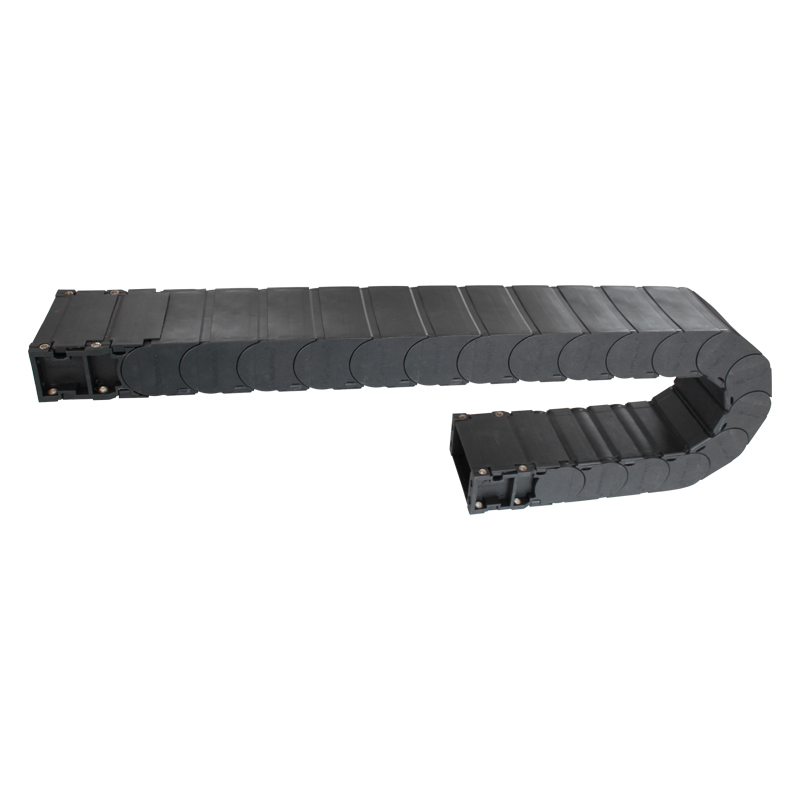Understanding Different Types of Chip Conveyors for Effective Manufacturing and Production Processes
Understanding Chip Conveyor Types An Overview
In the world of manufacturing and machining, the efficient handling of metal chips and machining debris is crucial. Chip conveyors play a vital role in this process, ensuring that byproducts are removed from work areas to maintain cleanliness and optimize productivity. This article explores the various types of chip conveyors, detailing their designs, applications, and advantages.
1. Types of Chip Conveyors
Chip conveyors come in various types, each designed to handle specific materials and conditions. The most common types include
- Drag Chain Conveyors These conveyors feature a chain and, as the name suggests, drag metal chips through a trough. They are suitable for heavy and bulky metal chips and can accommodate high volumes. Drag chain conveyors are efficient for transporting chips over long distances and can be integrated with other machines easily.
- Auger Conveyors Also known as screw conveyors, augers use a rotating helical screw to move chips. They are ideal for finer materials and offer vertical or inclined transport capabilities. Their compact design makes them suitable for tight spaces, but they may not be as effective for large chips or heavy loads.
- Magnetic Chip Conveyors These conveyors utilize magnetic forces to collect and transport ferrous chips. They are particularly beneficial in environments where metal shavings need to be moved quickly and efficiently. Magnetic chip conveyors are known for their low maintenance and ability to keep work areas clear of debris.
- Belt Conveyors A versatile and commonly used type, belt conveyors consist of a belt that moves along pulleys to carry chips. They are capable of handling various sizes and types of chips and can be configured to operate in different orientations. However, they may require more regular cleaning to prevent material build-up.
- Centrifugal Chip Conveyors These systems use centrifugal force to separate chips from coolant and other liquids. They are excellent for environments where the recycling of coolant is essential, as they efficiently remove metal chips while retaining the coolant for reuse.
chip conveyor types

2
. Applications of Chip ConveyorsChip conveyors are essential across various industries, including metalworking, woodworking, and plastics manufacturing. Their primary function is to facilitate the removal of chips, swarf, and scrap materials generated during machining operations. By keeping work areas clean, chip conveyors enhance safety, improve worker efficiency, and prolong the lifespan of machining tools and equipment.
In aerospace and automotive manufacturing, for instance, the high volume of metal chips generated often necessitates robust chip management systems. Here, drag chain and auger conveyors are frequently utilized due to their ability to handle heavy loads and maintain continuous operation.
Woodworking shops, on the other hand, may employ belt or magnetic chip conveyors to efficiently transport sawdust and other wood byproducts, ensuring that workspaces remain clean and organized.
3. Advantages of Using Chip Conveyors
Implementing chip conveyors in a manufacturing setup offers numerous benefits. Firstly, they significantly reduce manual labor by automating the chip removal process, allowing workers to focus on more critical tasks. Secondly, they contribute to a safer work environment by minimizing slip hazards caused by metal chips on the floor. Thirdly, effective chip removal systems can lead to improved equipment maintenance, as less wear and tear occurs when machines operate in a clean environment.
Additionally, chip conveyors aid in the recycling of valuable materials, as metal chips can be collected and repurposed, reducing waste and lowering operational costs.
Conclusion
In summary, chip conveyors are indispensable tools in modern manufacturing and machining processes. Understanding the different types and their applications helps businesses choose the right system to enhance productivity and maintain a clean work environment. With their ability to automate chip removal, improve safety, and promote recycling, chip conveyors remain a key component of efficiency in manufacturing operations.








